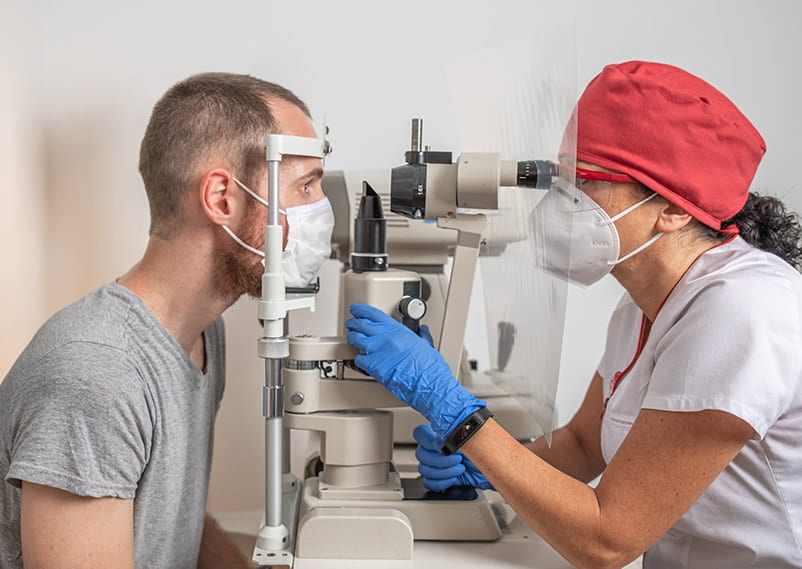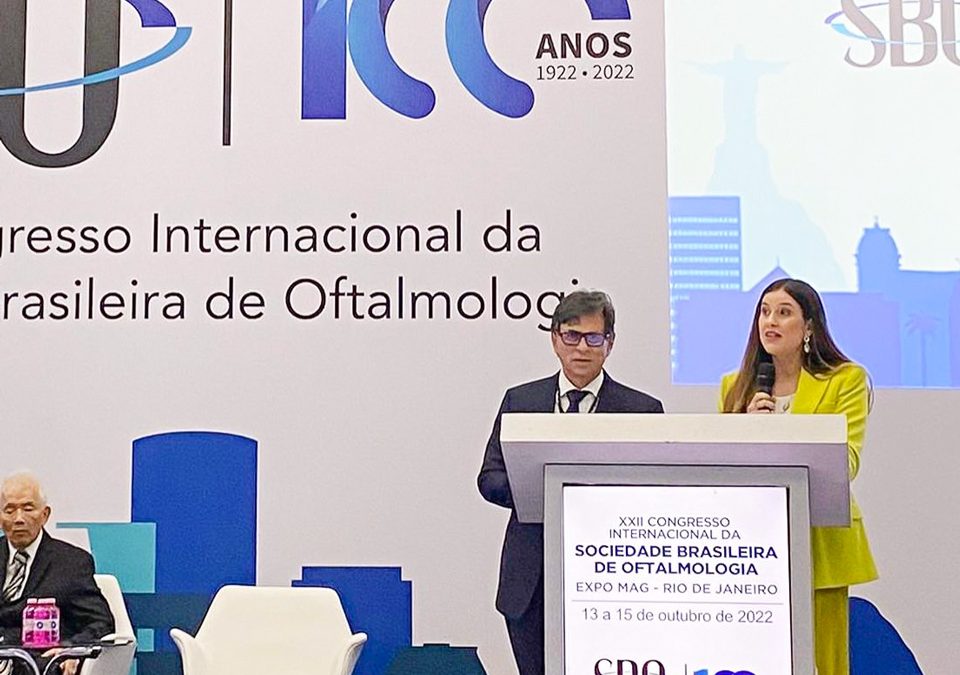
COVID-19 and Ophthalmology: PAAO-YO Perspectives

Written by paao-yo
Initially identified in late 2019 Dr Li Wenliang, an ophthalmologist working in Wuhan Central Hospital in China, the new coronavirus (SARS-CoV-2) has rapidly spread globally reaching a pandemic scenario. In less than 6 months, the COVID-19 pandemic has affected 212 countries and territories around the world. The highly contagious virus has caused significant health and economical damage worldwide. As of May 8th, 2020, among the most affected countries, we can cite the United States, as the country with the most cases in the world; Italy, as the most affected country in Europe; and Brazil as the most affected country in Latin America.
The COVID-19 Pandemic has changed our lives. People across the world have had to adapt their lifestyles and routines to fight this invisible enemy. Because of the proximity to a patients’ face during examination and procedures, ophthalmologists are at high risk of contracting the disease. Ophthalmology practices around the world have had to adapt their practice patterns to minimize risk of exposure for the patients, the staff and the physicians.
We invited 3 Young Ophthalmologists from the United States, Spain and Mexico, to share their perspectives on how COVID-19 has affected their countries, their working centers, and professional lives.
How did COVID-19 affected your country?
Luis León, MD, Anterior Segment Specialist at MOAT Clínica Oftalmológica in Castellón, Spain: My country has been psychologically and economically devastated by the new coronavirus. There have been 25.000 official deaths in a country with 44 million habitants, almost 0,1% of the country’s population. There was no time to prepare and hospitals had to respond with a truly authentic heroic spirit by caring for patients without personal protective equipment in the beginning of the outbreak and even nowadays, with its shortage due to the high demand worldwide. Additionally, Spain’s main economic income came from tourism, which has been shut down due to the pandemic. The Bank of Spain foresees a fall in gross domestic product of 14%.
Luis J. Haddock, MD, Vitreoretinal Surgeon and Assistant Professor of Ophthalmology at Bascom Palmer Eye Institute in Florida, USA: The COVID-19 pandemic brought major social, economic, and healthcare changes to the United States and to the state of Florida where I reside. On March 20th, the governor of Florida placed a hold on all “non-essential medical procedures”, which stopped all elective surgeries in Ophthalmology and reduced clinic volumes to urgent patients due to COVID-19. In order to maintain patient care, the government allowed expansion of telemedicine services. On May 1st, ambulatory services were resumed while maintaining physical distancing guidelines. Clinical practices made immediate changes that integrated symptom screening, temperature checks, and physical distancing of patients. As of May 2nd, Florida has 35,000 test positive cases from over 400,000 tested patients and 1,364 deaths.


In fact, experts suggest that the real number of positive COVID cases is 30x higher.
Valentina Franco Cárdenas, MD, Vitreoretinal Surgeon in Mexico City, Mexico: Mexico reached phase 3 of the SARS-CoV-2 pandemic on March 1st. A sentinel surveillance model is being implemented, meaning that we are only testing a very small, but representative sample of the population. As of May 7th, Mexico has 20,739 cases and 1,972 deaths. Even though these numbers might look low for a country of 130 million people, these numbers do not express the reality. In fact, experts suggest that the real number of positive COVID cases is 30x higher. Additionally, mortality per infected confirmed cases in Mexico appears to be higher, 9.5% compared to 7.1% worldwide.
How did COVID-19 affected your center?
Luis León, Anterior Segment Specialist at MOAT Clínica Oftalmológica in Castellón, Spain: I opened my private practice in Castellón, Spain a year and a half ago, and since January 2020, I was working exclusively at MOAT. When COVID outbreak stroke us, we were starting to have a growing number of outpatient clinic and surgeries. Fortunately, my center is small and has been dedicated to offer a small-volume and exclusive care, but it has not been easy. For a month a and half now, I have been seeing only urgent cases or patients with chronic pathologies that inevitably require face-to-face visits. Surgically, in our center we have operated only emergency procedures.
Luis J. Haddock, Vitreoretinal Surgeon and Assistant Professor of Ophthalmology at Bascom Palmer Eye Institute in Florida, USA: Telemedicine services were quickly instituted at Bascom Palmer Eye Institute. These virtual consultations included phone, videocalls and hybrid visits, where patients are imaged in the office and receive a phone call from their physicians for follow-up to maintain patient care while minimizing COVID exposure to the patients and staff. We are gradually increasing the clinic volume as testing capabilities and personal protective equipment availability increases

Valentina Franco Cárdenas, MD, Vitreoretinal Surgeon in Mexico City, Mexico: I am currently in private practice and seeing only urgent cases according to the AAO guidelines while differing the rest. The main teaching ophthalmology hospitals in Mexico are following this model, by establishing a triage before entering the hospital and subspecialty pavilions; taking special care in improving patient awareness, education and hygiene standards before, during and after their visit. Dr Cárdenas is starting telemedicine in her private practice, for counseling only and free of charge for now.
More Articles

New PAAO-YO Chairs
Introducing the new PAAO-YO Chairs:
Dr. Linda Cernichiaro and Dr. Eduardo Viteri Solórzano.

Camila Ventura – President, XXII Congress of the Brazilian Society of Ophthalmology
Dr. Camila Ventura was president of the XXII Congress of the Brazilian Society of Ophthalmology

PAAO-YO Info: 5 Tips To Get Your Paper Published
These are my tips on how to achieve the sometimes frustrating and time consuming goal of publishing your hard work...
References
- Bacherini D, Biagini I, Lenzetti C, Virgili G, Rizzo S, Giansanti F. The COVID-19 Pandemic from an Ophthalmologist’s Perspective. Trends Mol Med. 2020 Apr;
- Sanidad confirma en La Gomera el primer caso de coronavirus en España. El Pais.
- Holshue ML, DeBolt C, Lindquist S, Lofy KH, Wiesman J, Bruce H, et al. First Case of 2019 Novel Coronavirus in the United States. N Engl J Med. 2020 Mar 5;382(10):929–36.
- Rodriguez-Morales AJ, Gallego V, Escalera-Antezana JP, Méndez CA, Zambrano LI, Franco-Paredes C, et al. COVID-19 in Latin America: The implications of the first confirmed case in Brazil. Travel Med Infect Dis. 2020 Feb;101613.